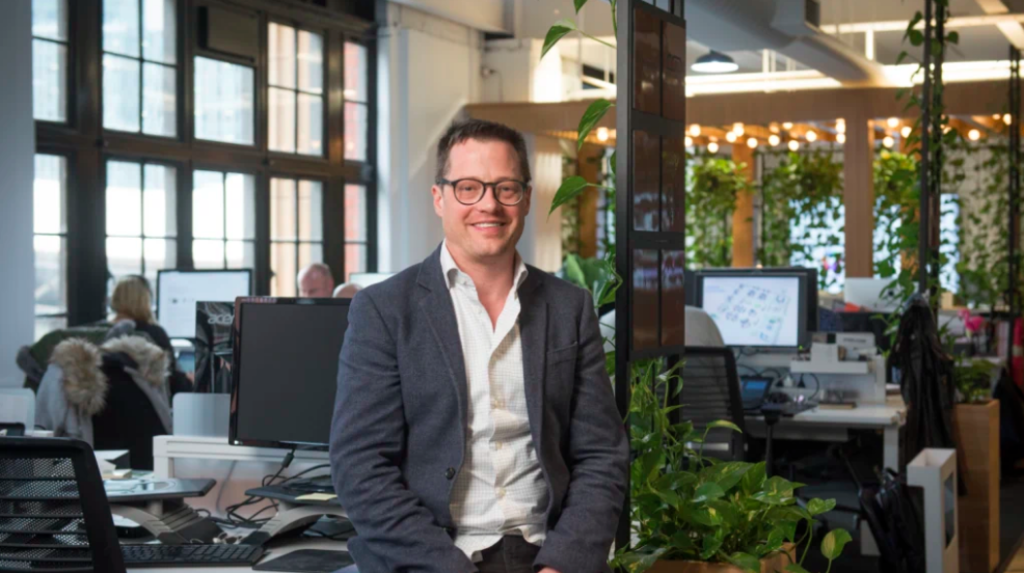
Hub Australia goes back to its start-up roots
Hub Australia has gone back to its roots, targeting the single-worker and freelancer markets that formed the co-working business’ initial client base, but this time with virtual office memberships giving access to the company’s events and networking opportunities.
The locally grown co-working provider started life offering casual desks to freelance workers in an office building at the bottom of Melbourne’s Bourke Street but then moved up the price scale to focus on more established businesses that could pay higher fees.
However, the decision to offer virtual memberships for between $100 and $150, which include an exchange for mailing packages, software discounts, video conferencing and the ability to work flexibly from a Hub space if needed, was in response to the COVID-19 lockdowns that have increased the numbers of people working from home, Hub founder Brad Krauskopf said.
“Virtual office is something that’s been around for decades, but what we’re finding is a new-found demand for it,” Mr Krauskopf said.
“The one-person business, the freelancers – there’s a greater need for them to have a virtual office presence. But we’re combining it with offering all our events and programming in a digital format over Zoom.”
He’s not alone in that. Serviced office giant ServCorp in March said virtual office sales were soaring, even as sales of flexible space fell. It makes sense that these companies are also hunting for extra sources of revenue, as the number of people using the spaces declines.
“The majority of customers are needing to work from home in line with guidelines,” Mr Krauskopf said.
But the forced move to work from home to curb the spread of the highly contagious coronavirus has prompted many employers and workers to adopt the practice, even if they had resisted it previously. Some workers find their days more productive with the loss of a daily commute.
“People are getting to enjoy the benefits of working from home but they are missing the social connections from being at work,” he said.
The pandemic was accelerating the move to greater flexibility – meaning forecasts such as Morningstar’s February prediction of co-working penetration in this country rising from 2 per cent of office space in 2018 to 10.3 per cent by 2028 could happen sooner – and the cheaper offering was a way to support that growth, particularly among smaller businesses, Mr Krauskopf said.
“Before there was resistance,” he said. “What we are seeing is they can have a portion of their work done from home. Employers are going to have to provide that going forward. Small businesses are also going to rethink how do they work.”











